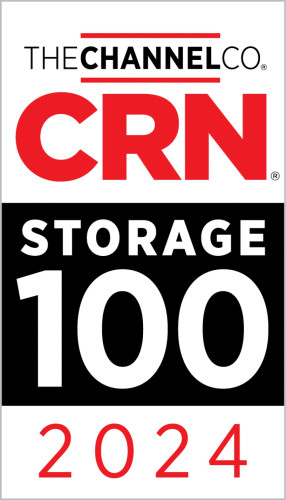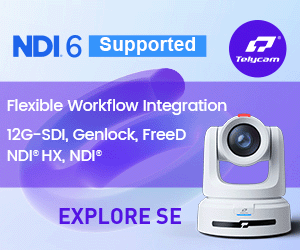Headquartered in New Zealand, The Rebel Fleet offers digital workflow services to top film and television production companies. Clients address broad creative needs and retain total image control across multiple shooting units with fast turnarounds. Recent projects include The Meg, Adrift, Ash vs Evil Dead, and The Shannara Chronicles.
The company was on the hunt for a scalable, high-performance storage solution that would meet the rigorous demands of a large-scale live-action film project for a major Hollywood studio.
Principle photography was set for New Zealand and China, and the production team was planning to use ARRI ALEXA 65 cameras to shoot raw, high-resolution, uncompressed data. The Rebel Fleet proposed a full range of digital workflow services, including conducting initial colour grading and quality control, archiving content to digital tape, creating mezzanine and proxy formats for post production, and uploading clips to a secure online dailies platform for immediate review by key stakeholders. To meet the studio’s expectations, The Rebel Fleet had to upgrade its storage systems.
“In the past, we had used direct-attached storage as part of our rigs,” says Michael, founder and managing director at The Rebel Fleet. “But to manage the digital workflows for this new film, and to support onset processing of high-resolution media, we needed higher performance shared storage.” The solution also had to be mobile, and therefore dense from the perspective of both performance and capacity. “We needed to incorporate storage systems into a mobile rig that would be loaded onto a truck and carted to various remote locations,” says Urban.
The Rebel Fleet team began looking for storage technology that could provide the performance and mobility required for the new film project.
Choosing the right storage solution isn’t easy
Tim Benson, director and technology evangelist at Factorial (designers of digital workflow solutions for broadcast and post-production studios) is considered one of the region’s foremost experts on the subject. “They initially evaluated a few NAS solutions, but those solutions couldn’t meet their needs,” he says. “When The Rebel Fleet team started to look at the next performance level up for their unique needs, we suggested they take a look at Quantum storage.”
With help from Factorial, The Rebel Fleet team started to explore Quantum solutions.
“Instead of focusing on capacity or bandwidth, we talked about workflow,” says Benson. “And that discussion centered on the benefits of the Quantum StorNext platform.” The Rebel Fleet ultimately selected Quantum Xcellis workflow storage plus Quantum QXS hybrid storage systems for online and nearline storage. “Quantum QXS systems are military grade storage,” says Benson, “so we knew they would work in this rugged, mobile environment.” The mobile rig used multiple Apple Mac Pro computers for ingesting, calculating checksums, archiving to LTO tape, and colour grading. Fibre Channel connectivity provided high-bandwidth network performance.
Delivering high performance for real-time colour grading and fast rendering
High-performance storage based on the StorNext file system helped significantly accelerate workflows.
“Our colourist Pete Harrow has been working on large-scale projects for years, and he had never experienced the performance he achieved with this environment,” says Urban. “He was instantly happy. We were able to crank out 150 frames of footage per second in three different formats while also supporting real-time colour grading. Overall, this online environment delivered 6 GB per second of throughput. It was very impressive and it helped us meet tight turnaround times.”
Seamlessly scaling in the ‘middle of nowhere’
The StorNext platform enabled the Factorial team to scale the ingest volume, doubling its size from 200 to 400 TB, without interrupting the shooting schedule.
“Halfway through the production, the production team started shooting much more than they had planned,” says Benson. “We had to fly to South Island, drive on a dirt road up a mountain valley, and do a field expansion of this system to add capacity—with previously ingested data still residing in the environment. Fortunately, StorNext performed in the real world exactly as was advertised and truly let us scale the system seamlessly. The Rebel Fleet team and the film production crew were very happy.”
Providing tremendous capacity in a mobile rig
The Quantum storage systems were able to provide the capacity for a large volume of high-resolution footage in a very dense environment. “In all, the environment processed nearly 900 TB over the course of the shoot,” says Benson. “And we managed to provide all that capacity in a rig that was the size of a deep refrigerator.”
The rig’s mobility enabled The Rebel Fleet team to set up temporary on-location review environments in remote locations. “It felt like you were in a plush postproduction house, even though you were actually in the garage of a hunting lodge far away from power or internet connectivity,” says Benson. The director, director of photography, and others could review footage, and evaluate colour grades and lighting, minutes after calling “cut.” Providing that immediate feedback enabled the production team to make critical creative decisions and maximize on-set productivity.













































